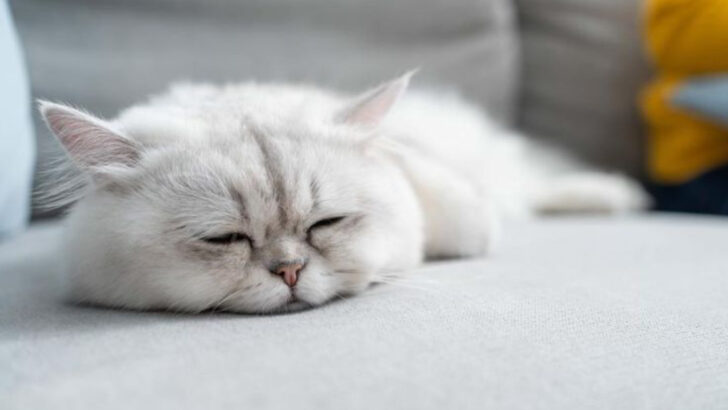When a cat’s final moments approach, they don’t shout or make a fuss—they whisper in silence. These subtle signs often slip past unnoticed, but they speak volumes about what your feline friend is feeling. From quiet withdrawal to restless pacing, these behaviors aren’t just random—they’re their way of saying goodbye without words. Knowing these 12 silent signals can help you recognize when your cat needs extra love, comfort, and care in their last days. It’s a heartbreaking journey, but understanding makes every moment count.
Withdrawal from Social Interaction
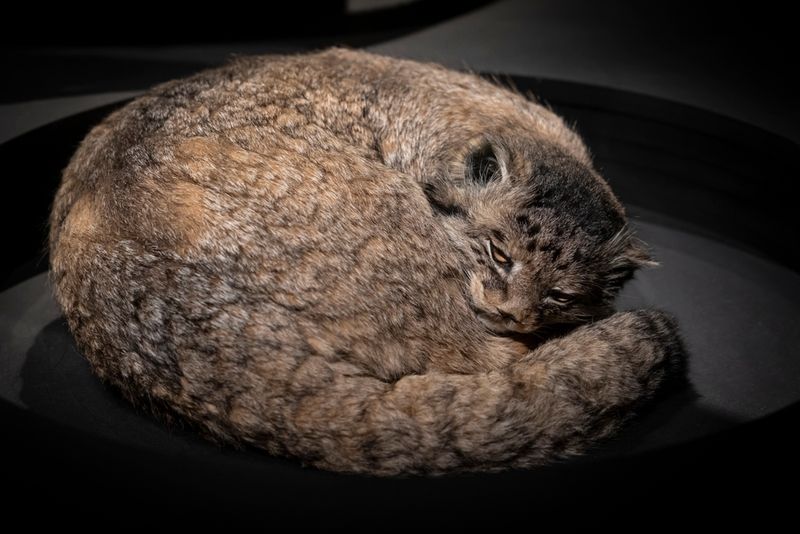
In their twilight days, cats might retreat into solitude, shying away from their usual companions. This withdrawal can be subtle; a once-sociable cat may now prefer the quiet corners of the home, nestled in shadows away from bustling activity. It’s a gentle nudge to their owners that they need peace and solitude.
The transformation from an affectionate friend to an independent soul can be heartbreaking, as they seek comfort in familiar, secluded spots. Understanding this behavior as a natural part of their journey helps provide a comforting environment for their final days.
Loss of Appetite
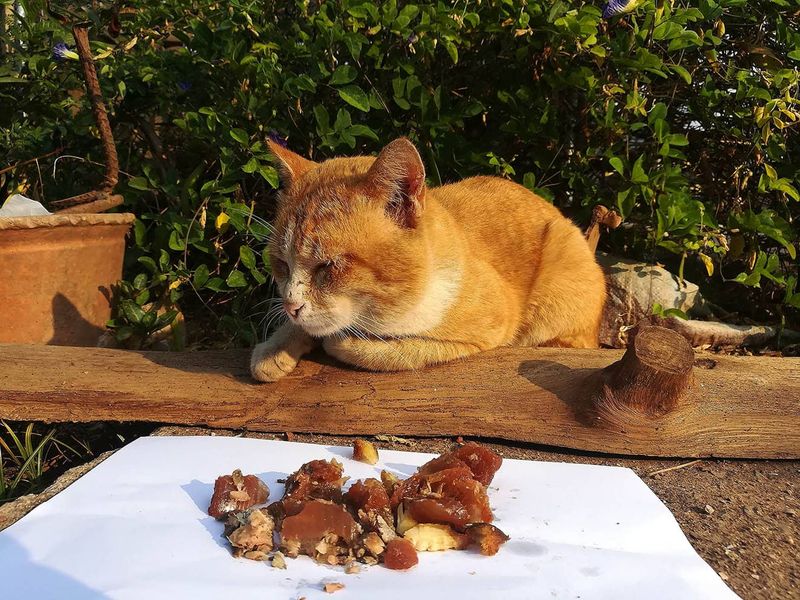
A noticeable decline in appetite can signal a cat’s declining health. This change may start gradually, with the cat nibbling less at meals or ignoring favorite treats.
As their time nears, the allure of food diminishes even more, often leading them to skip meals entirely. This lack of interest in food can be distressing for owners but is a common sign of their need to conserve energy.
Providing easily digestible, appetizing meals can sometimes coax them to eat, but it’s important to respect their diminishing desire for nourishment.
Decreased Grooming
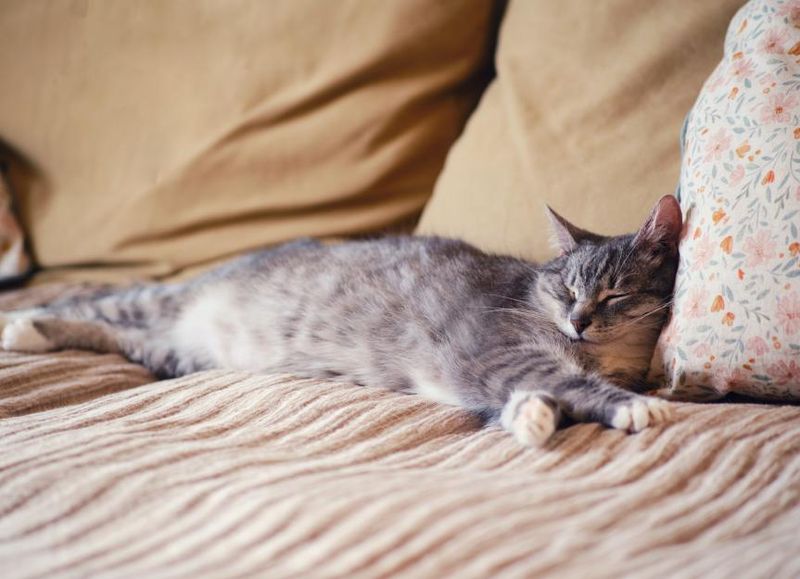
Once meticulous groomers, cats nearing the end of their lives may allow their coat to become unkempt. The once glossy and smooth fur may turn dull, matted, or greasy, signaling a withdrawal from their once precise grooming habits.
This is not just a physical change but a reflection of their dwindling energy and interest. Owners may notice that even when nudged to groom, the effort seems too much.
A gentle brushing can help maintain their coat’s condition and provide comfort, showing them continued care and affection.
Change in Breathing
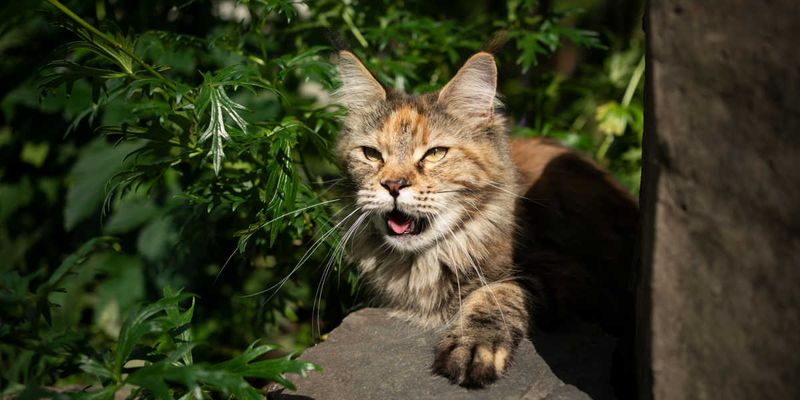
Breathing changes, such as irregular, shallow, or labored breaths, can indicate a cat’s declining health. Observant owners may notice these subtle shifts, especially during rest periods.
Cats may exhibit short, sporadic breaths or seem to work harder to breathe, signaling potential respiratory distress. This change requires a gentle, comforting presence, minimizing stress and offering a serene environment.
Being attentive to these shifts and consulting a veterinarian can provide insights into managing their comfort and ensuring peaceful final days.
Lethargy and Weakness
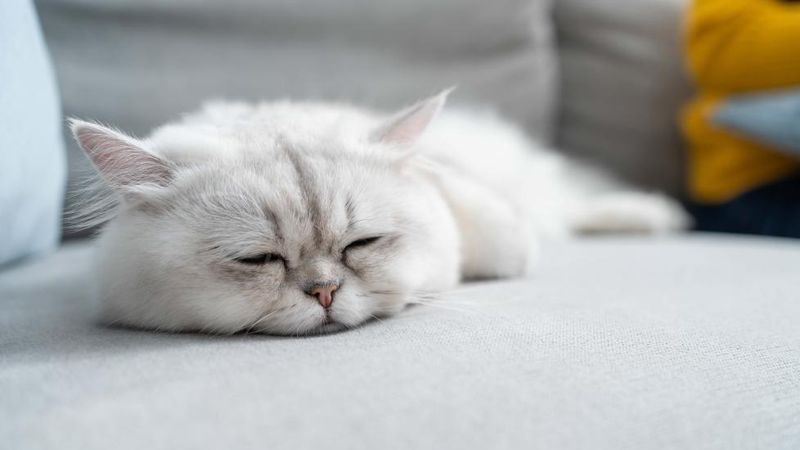
Lethargy and weakness often begin to dominate a cat’s daily routine as they approach the end. A once lively feline may now prefer extended periods of rest, basking in the warmth of a favorite spot.
The playful antics and bursts of energy become rare, replaced by a gentle, slow pace of life. This shift can be heart-wrenching, highlighting their need for gentle care and understanding.
Owners can help by creating a cozy, accessible environment, allowing them to rest comfortably and feel loved during their final days.
Restlessness or Pacing
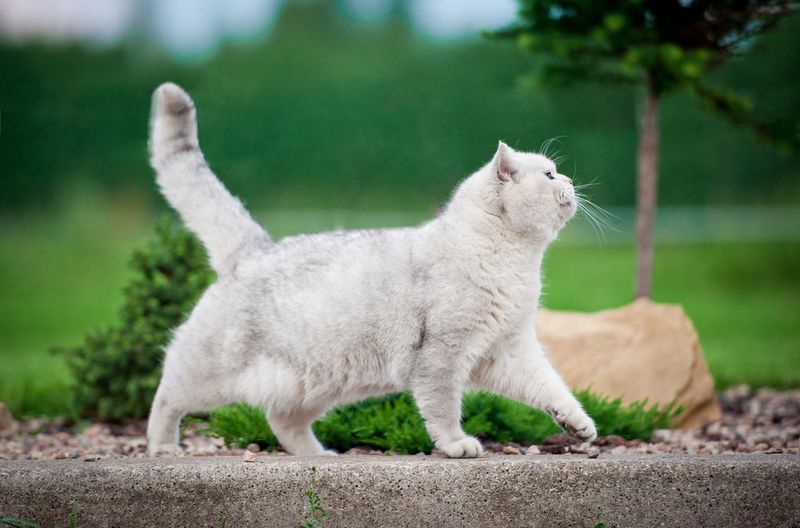
Restlessness can manifest in older cats as they near the end of their journey. Previously calm cats may begin to pace or move around more, unable to settle in one spot for long.
This behavior might be a search for comfort or a response to internal discomfort. Observing their movements can reveal much about their state of mind.
Providing a soothing environment with soft bedding and quiet surroundings can ease their restlessness, offering them the peace they seek in their final days.
Hiding in Unusual Places
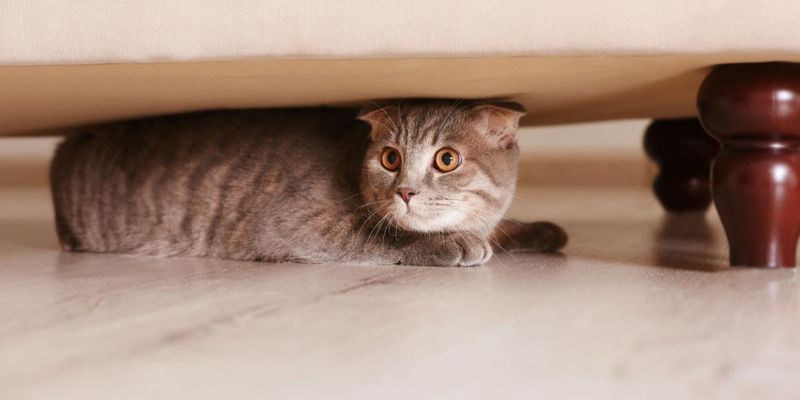
As cats approach the end, they might seek out unusual hiding places, retreating into tight, shadowed nooks. This behavior can be unsettling for owners, as their once sociable feline becomes elusive and hard to find.
These hidden retreats offer a sense of security and peace, a primal instinct kicking in as they seek solitude in their final days.
Understanding this behavior helps owners respect their need for personal space, allowing them to spend their last moments in comfort and tranquility.
Loss of Balance or Coordination
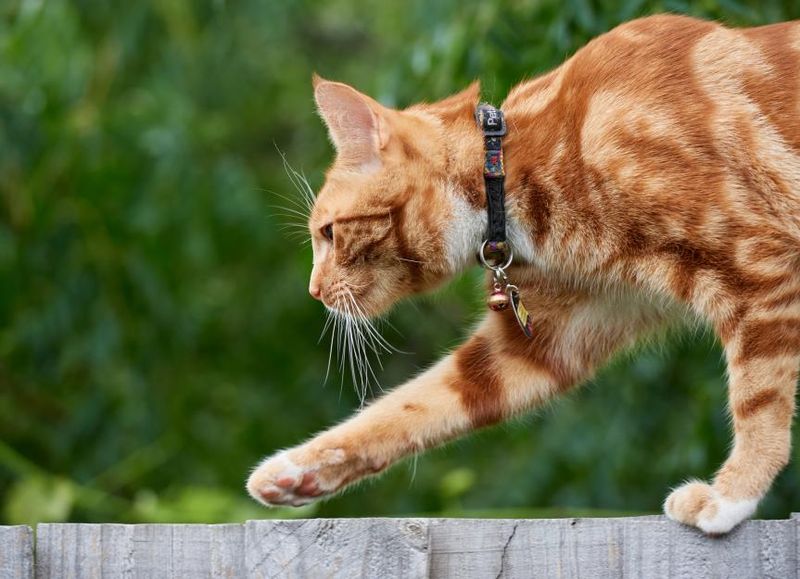
A loss of balance or coordination is a stark reminder of a cat’s failing health. The proud feline grace is replaced by shaky steps and unsteady movements.
Tasks once effortless, like jumping or climbing, now seem daunting, reflecting their physical decline. Observing these changes can be heartbreaking, urging owners to offer assistance and adjust their environment to prevent harm.
Creating safe spaces and providing soft landings can help them navigate their environment comfortably, minimizing stress and injury.
Excessive Meowing or Silence
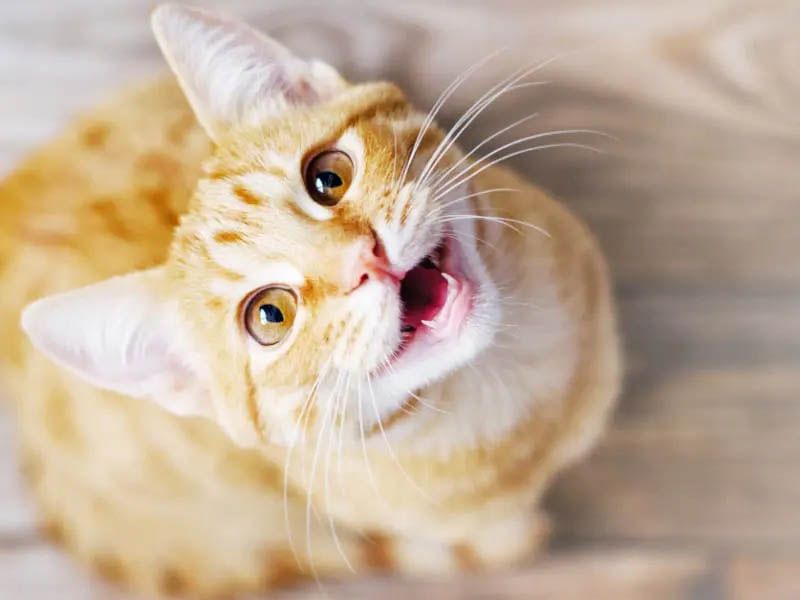
Cats nearing the end may either become excessively vocal or fall into an unusual silence. Familiar sounds can suddenly become louder or softer, an altered form of communication expressing discomfort or seeking connection.
This vocal shift can be puzzling, prompting owners to respond with gentle reassurance and understanding. A normally quiet cat may suddenly meow persistently, while a chatty one goes silent, each seeking comfort in its way.
Listening to and interpreting these sounds allows owners to offer the most suitable comfort in their final days.
Changes in Eye Appearance
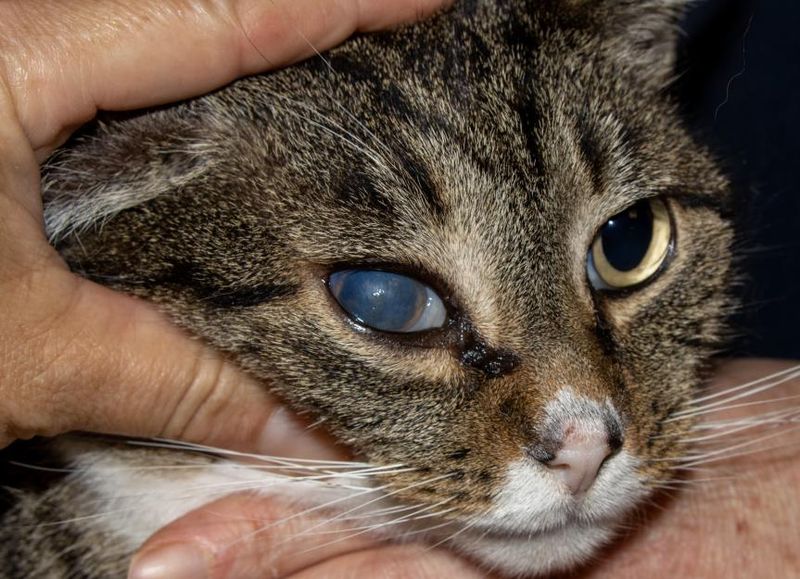
Eyes often reflect the soul, and in cats nearing the end, they can appear glazed, sunken, or unfocused. These changes in eye appearance can indicate a decline in health, mirroring their internal struggles.
Owners may notice these subtle shifts during quiet moments, a window into their cat’s weakening vitality. This visual change requires caring attention, offering comfort and reassurance.
Providing gentle eye care and regular check-ups can help maintain their comfort, ensuring their last days are peaceful and free from undue distress.
Incontinence
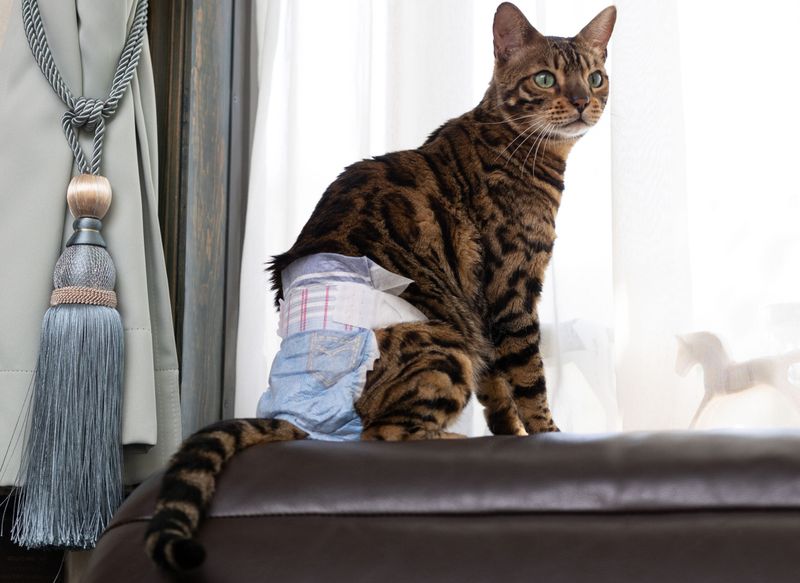
Incontinence may occur in older cats as their control over urination and defecation diminishes. This sudden lack of control can be surprising and distressing for both the cat and owner.
Understanding and patience are crucial, as this is a natural part of their decline. Providing easy access to litter boxes and cleaning up without fuss can help maintain their dignity.
Owners who remain compassionate and accommodating can ensure their cat’s comfort, preserving their quality of life as much as possible in their final days.
Cooling of Extremities
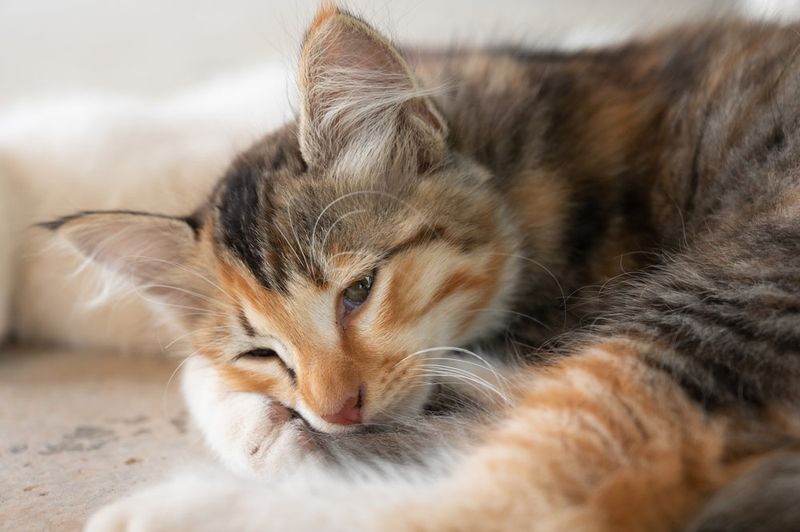
As circulation diminishes in aging cats, extremities such as paws, ears, and tails may feel cooler. This cooling effect is a subtle sign of their slowing systems, hinting at the body’s gradual shutdown.
Owners might notice this change while petting, offering a tactile reminder of their pet’s declining health. Providing warmth through soft blankets and gentle cuddles can help keep them comfortable.
Recognizing and responding to these changes with empathy ensures that their final days are filled with warmth and love.

